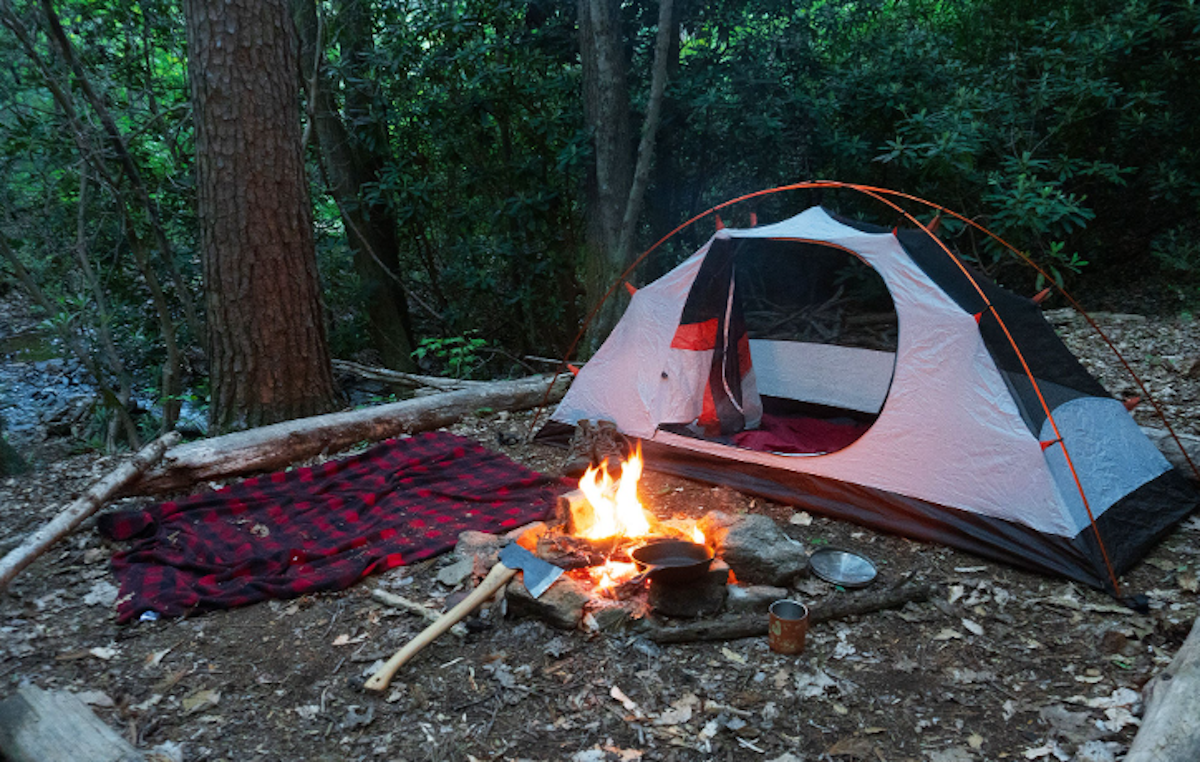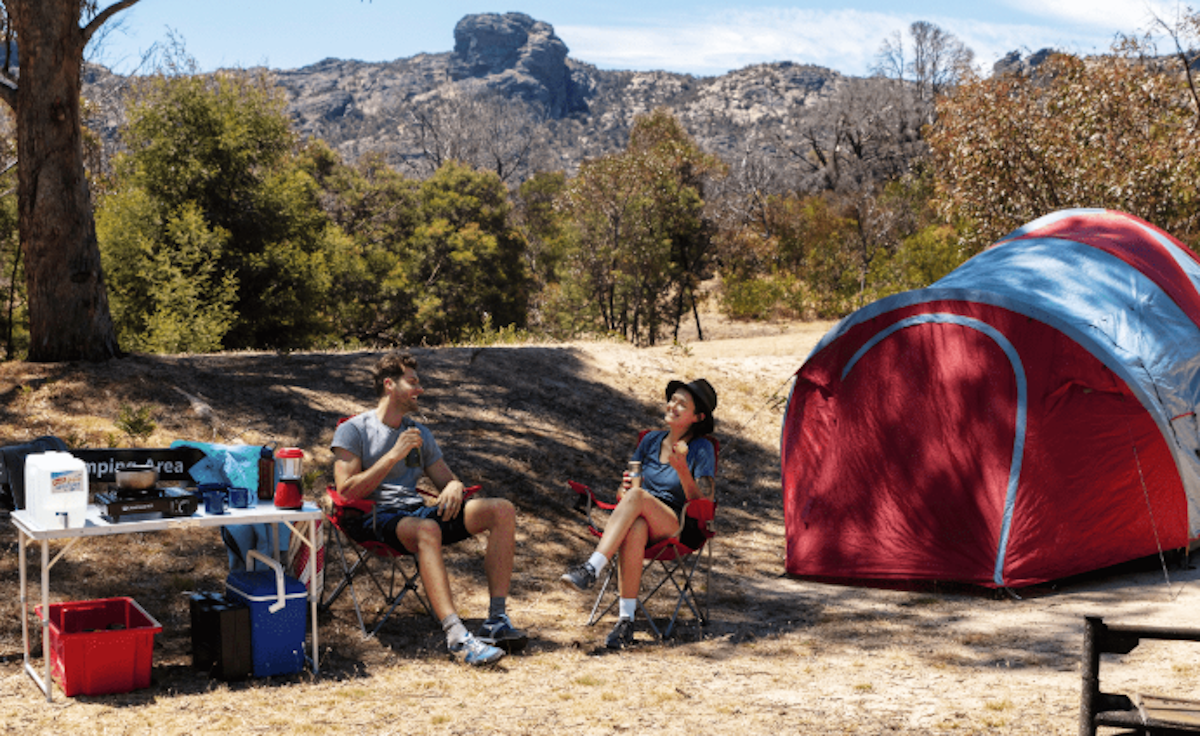Tactical Techniques for Families in an Urban Setting
Urban environments pose unique challenges during emergencies, from dense populations to limited resources. Families living in cities must adapt tactical techniques tailored to urban settings to ensure safety and survival. “Tactical techniques for families in an urban setting” focuses on strategies that enable families to navigate crises, protect themselves, and thrive even in unpredictable circumstances.
Why Tactical Techniques Are Crucial for Urban Families
Understanding the Urban Landscape
Cities are often densely populated, making them vulnerable to emergencies such as natural disasters, infrastructure failures, and civil unrest. Tactical preparedness equips families with the skills and resources necessary to respond effectively.
Benefits of Tactical Techniques
- Enhanced Safety: Techniques help families avoid danger and secure their homes.
- Resource Management: Skills like rationing and scavenging ensure access to essential supplies.
- Emotional Resilience: Prepared families experience less panic and can make rational decisions under pressure.
Key Tactical Techniques for Families in an Urban Setting
1. Situational Awareness
What It Is:
Situational awareness involves being fully aware of your surroundings and recognizing potential threats or opportunities. It’s a foundational skill for urban survival.
How to Practice It:
- Stay vigilant when in crowded areas or unfamiliar neighborhoods.
- Teach family members to identify exits, landmarks, and safe zones in public spaces.
- Observe and listen for signs of danger, such as raised voices or unusual activity.
Example:
A family shopping during a sudden power outage quickly identifies the nearest exit and leaves the store before panic sets in, avoiding potential hazards like stampedes or looting.
2. Secure Your Home
Why It’s Important:
In an urban crisis, homes can become targets for burglary or vandalism. Securing your residence provides a safe haven for your family.
Steps to Take:
- Install reinforced locks and deadbolts on all doors and windows.
- Use security cameras or motion-detection lights for added protection.
- Create a hidden storage area for valuable supplies.
Example:
During a period of civil unrest, a family reinforces their windows with plywood and uses a simple alarm system to deter intruders, ensuring their home remains secure.
3. Emergency Communication Plans
Why It’s Essential:
During emergencies, communication networks may become unreliable. A family plan ensures everyone knows how to stay in contact and reunite if separated.
Key Components:
- Choose a primary meeting point and an alternate one in case the first becomes inaccessible.
- Use walkie-talkies or HAM radios for communication if phones are down.
- Share contact information for local authorities or community leaders.
Example:
A family trapped in different parts of the city during a blackout uses walkie-talkies to regroup at their predetermined meeting point, ensuring no one is left behind.
4. Resource Rationing and Scavenging
Why It’s Vital:
Urban settings often face resource shortages during emergencies. Learning to manage supplies and find alternatives is critical.
Techniques:
- Ration food and water to stretch supplies over longer periods.
- Identify safe water sources, such as rainwater collection or public fountains (if treated).
- Scavenge for resources like wood for cooking or scrap materials for repair.
Example:
During a prolonged water shortage, a family uses their rainwater collection system for drinking and cleaning, preserving bottled water for emergencies.
5. Evacuation Readiness
Why It Matters:
Cities can become unsafe quickly during disasters. Being prepared to evacuate ensures your family can leave efficiently and safely.
How to Prepare:
- Pack go-bags with essentials like food, water, first-aid kits, and clothing.
- Identify multiple evacuation routes, including backroads or public transit options.
- Stay informed through news updates and local alerts.
Example:
As a wildfire approaches, a family uses their pre-packed go-bags and follows their practiced evacuation route, avoiding traffic jams and reaching a safe zone in time.
Real-Life Applications of Tactical Techniques
Example 1: Earthquake in an Urban Area
A family living in an earthquake-prone city secures heavy furniture to walls and stores emergency supplies in an accessible location. When an earthquake strikes, they take cover under sturdy tables and use their supplies to sustain themselves during recovery efforts.
Example 2: Urban Flooding
After a city’s drainage system fails during heavy rains, a family follows their evacuation plan to reach higher ground. They use walkie-talkies to stay in touch and resource-rationing skills to manage their limited food supply.
Advanced Tactical Techniques for Urban Families
1. Self-Defense Training
Equip family members with basic self-defense skills to handle threats during emergencies.
2. Bartering Skills
Learn how to trade goods or services with neighbors to access necessary resources.
3. Navigation Without GPS
Teach family members to use maps and compasses to navigate if digital tools fail.
Tips for Implementing Tactical Techniques
Start Small
Begin with basic steps, such as creating an emergency kit or identifying safe zones, before advancing to complex tactics.
Involve the Whole Family
Assign roles and responsibilities to each family member to foster teamwork and shared accountability.
Practice Regularly
Conduct drills and simulations to ensure everyone is familiar with the plans and techniques.
Conclusion: Prepare Your Family Today
“Tactical techniques for families in an urban setting” provide the tools and knowledge needed to navigate crises effectively. By adopting these strategies and practicing regularly, families can build resilience and ensure their safety in even the most challenging circumstances. Start implementing these techniques today to protect your loved ones and thrive in urban environments.



